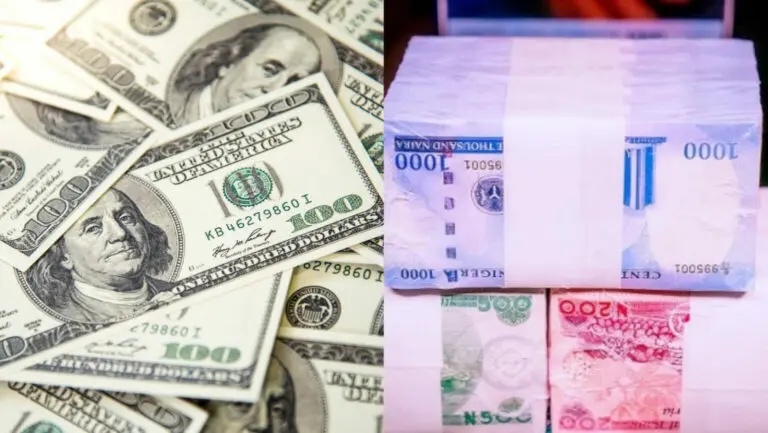Business & Economy
BREAKING: Naira Falls To 2023 All Time Low Under Tinubu Government

The Publisher Nigeria reports that it has been about a month since the CBN allowed the Naira to drop up to 36% on the official market. However, that hasn’t stopped an uptick in the P2P market. The naira reached almost N800/$.
This reliable Nigeria News Platform gathered that the naira fell about 2% against the U.S. dollar in the last trade of the week, selling at $776.90 to the dollar compared to the previous day’s rate of $762.63 in the investor and exporter (I&E) sector.
Many Nigerians are increasingly turning to stablecoins such as the dollar and USDT to hedge against high inflation and a possible devaluation of the naira. This is partly due to the continuing shortage of foreign currency in Africa’s largest economy.
Increased demand for dollars from importers and those who want to travel for business, school, and other reasons have also been blamed for the depreciation of the naira.
Factors contributing to oil sector contraction and bank vulnerabilities
Consequently, Nigeria’s oil sector has resisted rising oil prices and remains a shrinking region due to factors such as oil theft and vandalism, and declining oil production as CBN coffers hit yearly lows ($34 billion).
In addition, moves by major central banks to raise interest rates have added to existing factors driving the repatriation of foreign capital, with capital inflows in Q1 2022 falling 28.10% QoQ and 17.50% YoY to 1.57 billion.
Moody’s said banks provide trade finance to companies to cover foreign exchange (FX) costs on imported goods and would be in trouble if companies failed to pay foreign exchange.
Off-balance sheet trade-related exposures of rated Nigerian banks were about $9.8 billion in 2022, or 54% of the two banks’ liquid foreign currency assets, according to Moody’s.
Nigeria regularly suffers from severe foreign currency shortages as the central bank tries to stabilize the naira. Moody’s added that Nigeria’s commercial banks had lent a total of $10.4 billion in foreign currency to the central bank as of June 2022, posing new risks to bank liquidity.

